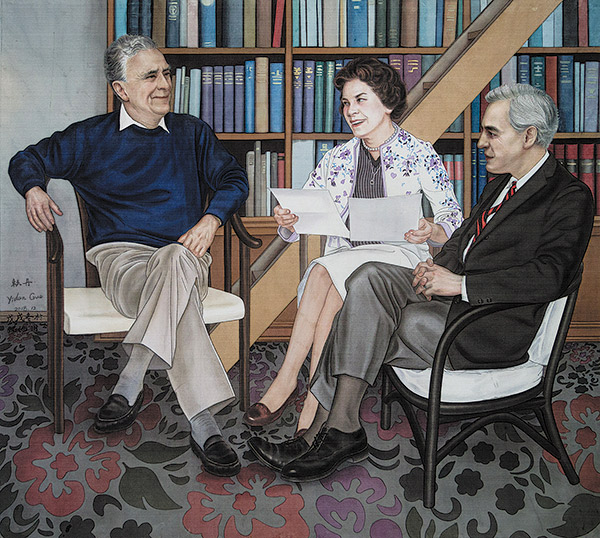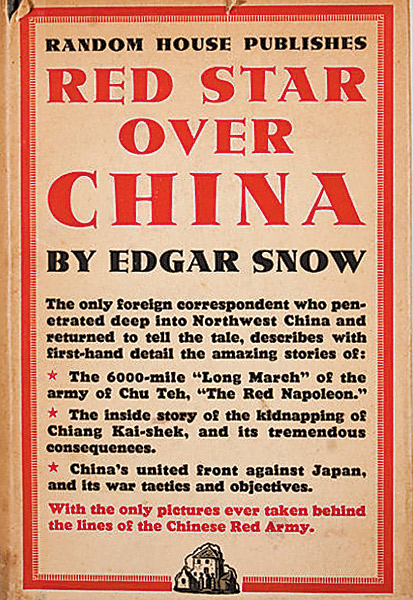

On Sept 15, 1971, E. Grey Dimond, 53, found himself crossing the border between Hong Kong and the Chinese mainland, from what he called "neon China" to New China, half a year before US president Richard Nixon stepped onto the ground at the airport in Beijing to begin what he called his "week that changed the world".
The cardiologist, today remembered as the founder of the School of Medicine at the University of Missouri-Kansas City, had a special mission on that trip. He was to verify some reports filed by his fellow Kansas City native Edgar Snow, based on the man's own previous travel to China during which he was invited to ascend the rostrum in Tian'anmen Square at a time when the US and China were estranged.
"This chance to review patients, their records, their medication …from this experience I realized that Edgar Snow has been right (in noticing the huge advances made in Chinese medicine)," wrote Dimond in his 1975 book More than Herbs and Acupuncture, countering the prevalent view in the West.
"I enjoy the criticisms of contemporaries who are so buried in their hostility toward that they could not see the 'return' of China," Dimond said.
One of the best-known victims of that hostility was Snow.
Between June and October 1936, Snow, after having studied journalism at the University of Missouri and spent eight years in China, traversed hundreds of miles of inhospitable territory to reach the Chinese Red Army base in the country's northwest, where he listened, observed and reported the Communist revolutionaries' own stories in their own words. More than 100,000 copies of the resulting book, Red Star Over China, sold in England alone within its first few weeks of publication.

It was instantly considered a classic and remained so, for "this book has stood the test of time on both these counts-as a historical record and as an indication of a trend", to quote the celebrated China scholar John K. Fairbank.
That "trend" has since captured the fascination of the West. But it also led, during the era of McCarthyism, to Snow's exile in 1959 from the US to Switzerland, where he lived for the rest of his life.
Yet Snow, who remained a US citizen throughout, did return on rare occasions, including in October 1965, when he was in Dublin, New Hampshire, for the Dublin Peace Conference. It was organized by Grenville Clark (1882-1967), an influential lawyer of his time and author of World Peace Through World Law, who was nominated four times for the Nobel Peace Prize.
"The participants … were stimulating, but the man who brought real excitement to the gathering was the expatriate American author Edgar Snow," Dimond, who married Clark's daughter Mary Clark, and was at the conference, later wrote.
"In Dublin, Edgar Snow and Dr. Dimond shared adjoining rooms with a bathroom-proof of a very special kind of friendship," said Nancy Hill, Dimond's personal assistant for the last decade of his life. The two men really hit it off, with Snow introducing Dimond to the term Third World and its vast potential implications.